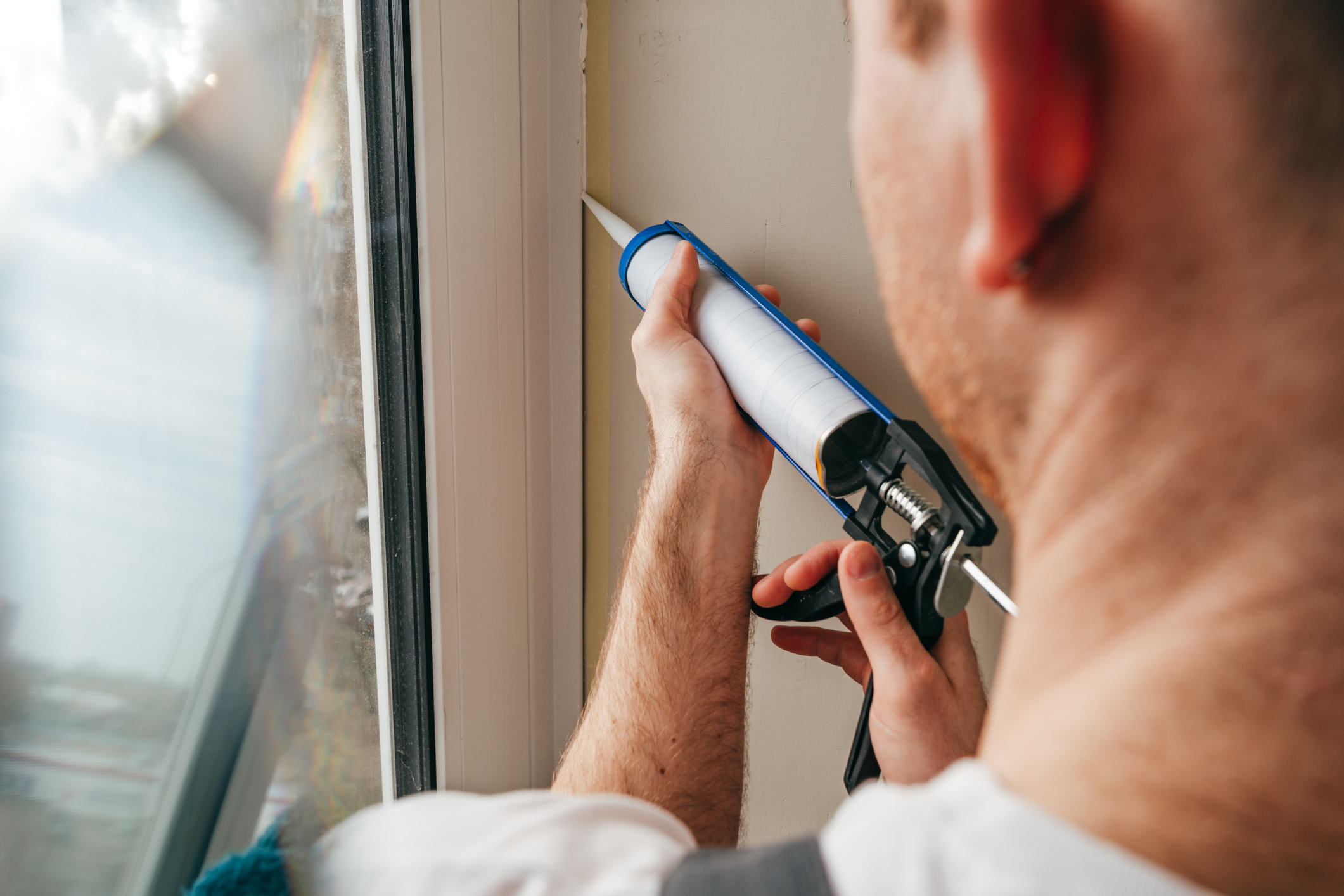It doesn’t take much time living in Ottawa to discover that, particularly from January through March, Mother Nature can bring our city some of the coldest winter temperatures and inclement weather. With this temperature drop inevitably comes increased energy consumption to help stay comfortable through these difficult months.
Before cranking up the thermostat too far, we encourage you to conduct your very own winter energy audit to ensure your home is fully optimized for energy efficiency. Not only will this help you save on utility bills, but it will also contribute to a more sustainable and comfortable living space.
There’s “snow” better time than the present
Believe it or not, winter is the ideal season to conduct an energy audit because air leaks and other inefficiencies will be much easier to identify with a stark contrast between indoor and outdoor temperatures.
So don’t wait - here is a list of simple steps for a DIY energy audit to save more while still keeping warm (don’t worry, unlike dad, we’re not going to tell you to put a sweater on - though that might actually help too).
Step 1: Inspect doors and windows
Check for air leaks and drafts coming from all of your doors and windows. Install or replace weatherstripping where needed. For poorly performing windows, try covering them with thermal curtains to help prevent cold air from seeping in. For doors with large gaps at the bottom, try a draft stopper.
Step 2: Offer your heating system some TLC
If you haven’t replaced your furnace filter in a while, add a new one to your shopping list. Typically, furnace filters should be replaced every 1-3 months in winter depending on your filter type and household conditions. Next, check all of your vents to ensure there are no obstructions and purposely close vents in spaces that will not need to be heated.
Step 3: Check for air leaks
Inspect around electrical outlets, pipes, and vents to feel if there are any cold air leaks. If so, seal them with caulking or weatherstripping.

Step 4: Optimize your thermostat
Consider purchasing a programmable thermostat to help you optimize heating for when you are at home.
Step 5: Audit your lighting
Update any lightbulbs that are not yet LEDs. Also consider purchasing smart LED bulbs to add another layer of efficiency, enabling you to program your lights to automatically turn on and off based on your household habits.
Step 6: Operate appliances with efficiency in mind
If you have them, review the manuals for your major appliances and look for ways to optimize how you use them with energy efficiency in mind. Likewise, unplug electronics (or leverage a smart power bar) when not in use to avoid phantom loads.
Step 7: Review your energy use patterns
Review your energy bills to help you determine what times of the day your consumption is the highest. From there, consider adjusting your electricity rate selection plan to suit your lifestyle and needs.
Step 8: Inspect insulation
We’ve listed this last since it can be one of the more costly and labour intensive updates. If it’s in the budget, take note of areas of your home that could benefit from increased insulation. Some key areas to inspect are exterior walls, attic/roof, and the basement.
Start this new year feeling confident that your living space is fine-tuned for energy efficiency with this step-by-step guide. After completing these steps, you’ll be well on your way to a more comfortable and sustainable home while saving on your energy bills too.